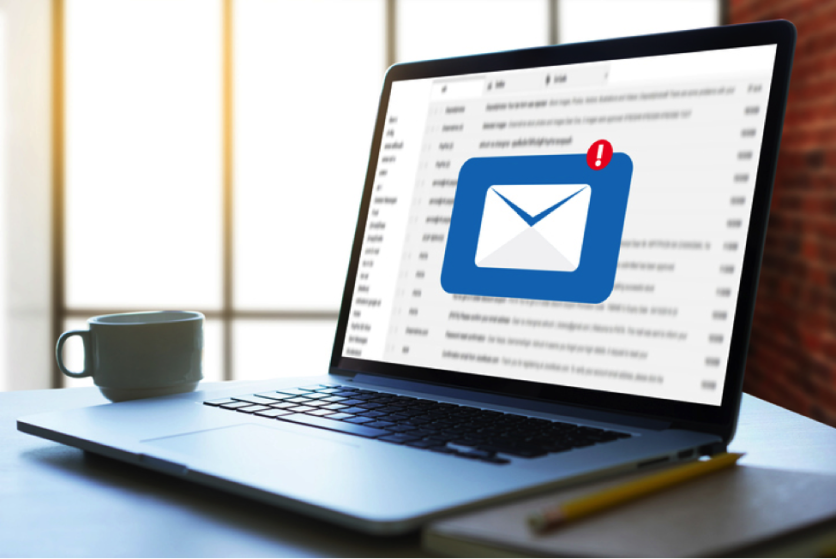
Every day there are stories in the news about organizations that have been hit by some sort of phishing scam or social engineering ploy, but one of the most relevant threats to today's businesses is the email spoof. You could be having what seems like a perfectly normal conversation with someone inside your organization -- only to find later that you've actually been chatting with a hacker. These cybercriminals actively look for ways to infiltrate corporate email accounts so they can lie in wait and learn more about your business processes. They only attack once they have the information that they need, such as who is in charge of ACH transfers and the leadership approvals required. Even with proactive systems controls in place, it can be difficult to catch these hackers without human intervention.
Shane Kimbrel is a Dallas information technology specialist with Data Magic Computer Services in Dallas, TX and offers the following advice.
Spotting the Spoof
These hackers are savvy in the ways of business and may have used social engineering tactics to determine who should be their ultimate target. They might gain access to your business through a simple phishing email that requests your business email credentials or the attack may originate elsewhere. This is one of the key reasons you should always use complex and unique passwords for every website. While you probably won't spot every spoof the first time, you can often tell a difference in the style of writing, punctuation or grammar. If your CFO suddenly uses terminology in an email you've never heard before or has other inconsistencies in their communication it doesn't hurt to follow up with them live to ensure their email is still secure.
Introducing Multi-Factor Authorization
Kimbrel's Ulistic HPC peer, Jorge Rojas, a Toronto IT consulting expert says "Just as you have multiple factors in your digital login processes, you also need a multi-factor authorization process in place for large transactions. For instance: if your controller receives an email from your president authorizing an immediate ACH payment for a vendor, put a process in place so another communication method is used for final authorization. This could be a text message to the president's phone, a voice or video confirmation or physically chatting in the office. This human intervention is one of the few ways you can short-circuit an attempt to defraud your company of thousands of dollars."
Cybercriminals are becoming more arrogant than ever before, and are getting away with some serious paydays from unsuspecting organizations. There are some additional actions that you can take to help reduce the possibility of a major loss, such as putting additional protections around ACH transfer processes. While some banks may catch a suspicious-looking transfer, businesses may have little recourse in terms of getting their money back after this type of attack. Another line of defense is having aggressive content filtering software in place, as well as active network management. Having this layer of transparency, as well as a technology security professional actively monitoring your network activity, may help stop these attacks before they can happen. Want to learn more about business email compromise attacks? Contact the professionals at Data Magic Computer Services at 469-213-6508 or fill out our quick online form to schedule your free initial consultation.
ⓒ 2025 TECHTIMES.com All rights reserved. Do not reproduce without permission.




